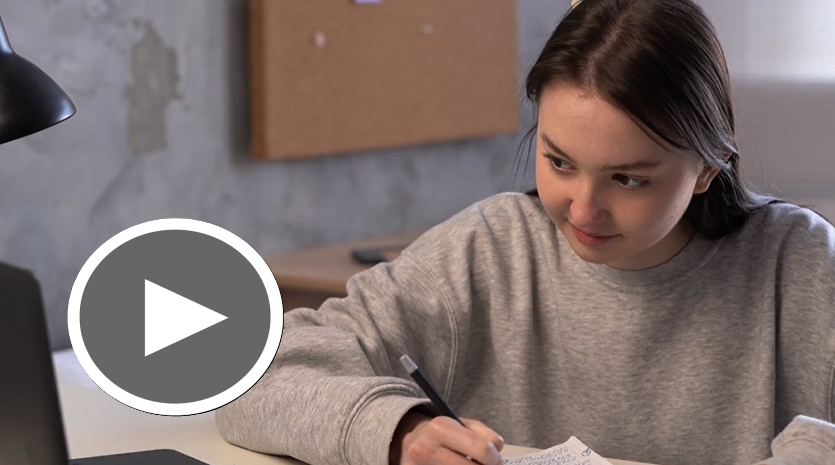3 Tips on a College Portfolio

by Sarah M.
When it comes to college applications, most of the big tasks are self-explanatory (which is not to say easy): take the tests, write the essays, create the activities and awards lists. When it comes to optional and/or supplemental materials, though, it can be harder to figure out what to do.
Assuming you’re not applying to school specifically for art or design, should you consider submitting an optional portfolio? If so, what should it contain?
Here are 3 tips for approaching this question on a college portfolio.
Tip 1: Portfolios are not just for the arts.
Of course they are a great way to highlight your work in art, design, writing, music, etc., but they can also be relevant if you enjoy construction or mechanics, coding and software development, or really anything that involves the conceptual work of bringing ideas into a physical or virtual form.
Tip 2: Portfolios do not have to highlight the discipline in which you plan to major.
If you have a thriving hobby that you feel brings a new dimension to your application, and you think you can highlight it best through a form other than an essay, an optional portfolio can be a great way to include it.
This is especially true for passions that would benefit from visuals – think amazing skills in knitting, 3D printing, origami, even cooking.
Tip 3: That said, if you choose to include an optional portfolio, the hobby you’re highlighting should be developed enough to add something substantive to your application, and it should be integrated into the rest of your application (through essays, most likely) to at least some extent.
You want to make sure you are presenting a holistic picture of your interests and abilities; adding a portfolio is a great way to create a more three-dimensional portrait of yourself, but it should not be used to include random odds and ends that you have dabbled in, without truly developing your ideas and talents.

